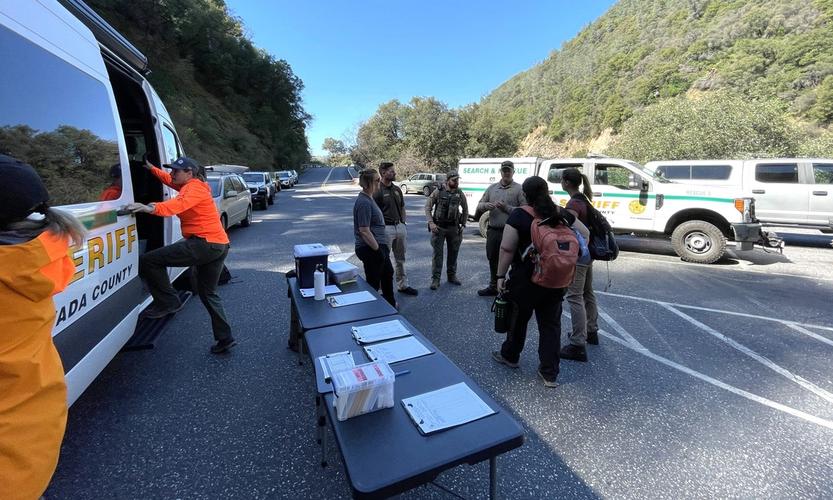Sierran Birth, Part 1
By Lydia Cartwright Rosen
February 8, 2024
When it comes to the story of your own birth, what others have told you many times eventually acquires the aura of a personal legend. You know you attended the occasion, yet the experience is missing from memory, and thus you have to take the story on faith. The legend of my birth goes something like this: On the morning of the first day of spring, March 21st, 1942, my two older brothers, Jim and Cal, aged twelve and ten, woke early in our 1890s home in Sierra City and ran excitedly downstairs and out the front door to scan the skies. But except for the threat of another winter storm, the skies that morning were empty. Disappointed, they came back into the warm kitchen where my tired but very cheerful grandmother had a pot of oatmeal on the six-burner wood range and coffee brewing, miner’s style, in the old blue and ivory spatter ware enamel coffee pot. My brothers told her they had awakened to what they thought was the unmistakable honking of Canadian geese on their return migration to the arctic. They had quickly jumped out of bed, raced down the stairs and outside to catch that characteristic wavering V before it disappeared directly north behind the craggy Sierra Buttes towering five thousand feet above the town. With a laugh, my gentle grandmother reassured them they had indeed heard a harbinger of spring. It was not the call of the wild geese they had heard, however, but the squawk of their new baby sister, born at one that morning. According to the legend, this event was suitably as exciting as wild geese on the wing, and Jim and Cal went into the downstairs bedroom to greet the new arrival. And there I was in my grandmother’s big brass bed, cradled in the arms of my forty-year-old mother, who like my grandmother, was exhausted but very pleased. She had a baby girl at last. Part of the uniqueness of my birth is that its rustic circumstances were not much different from those in the nineteenth century or even during pioneer days, but were taking place almost in the middle of the twentieth century. I was born at home with only wood-burning stoves for heating and cooking and delivered by a country doctor who was not even an MD, but an OD. He had been summoned by my father, who had gone into town to call on one of the two or three of the town’s old fashioned oak wall telephones—the kind that had a petal-shaped black devise you spoke into, a listening devise on a two-foot cord and which you had to crank several times to get an operator. Doctor Carl Sutton had had to cautiously drive at midnight from the historic little gold rush town of Downieville, twelve miles downriver, on a narrow one-lane road that bordered the North Yuba River, swollen and raging with springtime floods. Once at our home, he was assisted by my grandmother, who had been an accomplished midwife for many years in our small gold rush town. On that chilly night my father had kept the small heating stove stoked with wood while my grandmother boiled water on the wood range in the kitchen to sterilize cloths and instruments. Our neighbor Marguerite Thompson, who had dropped by earlier in the evening and discovered the progress of my mother’s labor, asked that, if she went home and put on a clean dress, she might witness my birth. She was interested, the story goes, in the process, because even though she had delivered three children, she had never actually seen a baby being born. Mountain Springs can be purchased at the Downieville Historical Museum, Sierra Country Store in Sierra City, Bassett’s Station, Graeagle Store, or directly by emailing lcrosen@yahoo.com. Lydia Cartwright, eight years old
Lydia Cartwright, eight years old
Featured Articles

Human Remains Found Near South Yuba Bridge in March Identified →
December 17, 2025
Authorities identify remains found in March as Aaran Sloan Taylor, seeking next of kin.
Transfer Station Burn Suspended After Community Concerns →
December 16, 2025
Sierra Hardware Plans Extensive Repairs After Flood Damage →
December 8, 2025
Sheriff’s Office Accepts $60,000 Grant for New Search and Rescue Team →
December 2, 2025
Confusion Surrounds Release of the Plumas County Grand Jury’s Report →
December 4, 2025